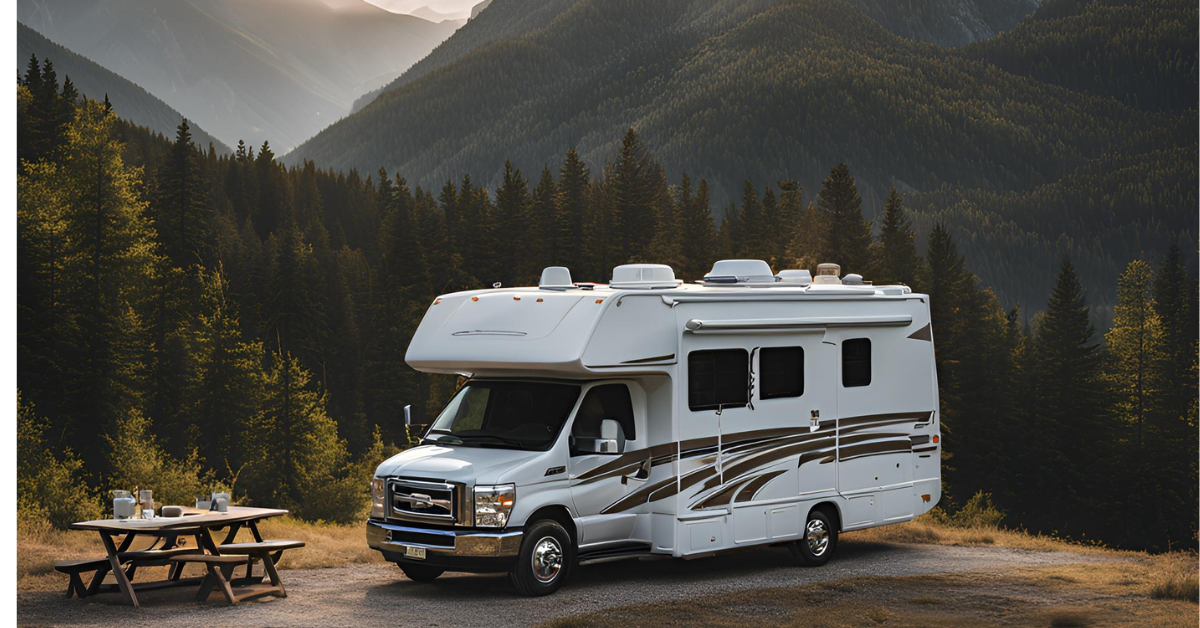Table of Contents
Traveling full-time has always been a dream of mine, but dreams alone don’t pay the bills. To make this lifestyle work, I’ve had to get clear on my finances, set a realistic budget, and ensure my income streams can support me while I’m on the road.
If you’re thinking about long-term travel, a solid budget is a must. Here’s how I’m planning to fund my journey, keep costs in check, and stay financially secure along the way.
My Financial Picture
To start, let me lay out my financial situation. I work full-time as an SEO analyst, earning around $70,000 a year. On top of that, I invest in real estate and stocks. I own a small four-unit apartment building that nets me about $2,000 a month after paying my property manager, and I earn a couple hundred more from dividends in my taxable brokerage account.
Between these income streams, I have a steady base to fund my travels. My monthly expenses, including RV maintenance, fuel, food, insurance, and entertainment, are estimated to be around $3,500. Knowing these numbers helps me set realistic expectations and plan for the future.
Setting My Monthly Travel Budget
I’ve broken my travel budget into clear categories to make it manageable:
- Essentials: $2,500 for food, fuel, RV maintenance, insurance, and utilities.
- Discretionary Spending: $500 for dining out, activities, and entertainment.
- Savings and Emergencies: $500 for unexpected repairs or costs.
By tracking expenses and sticking to these limits, I can keep my spending under control without feeling deprived. If I have a month with fewer expenses (like staying in one spot longer), I’ll roll the savings into future travel plans.
Saving for the Journey
Even with a steady income, saving ahead of time gives me peace of mind. I’ve set aside a dedicated travel fund, built from extra freelance income and cutting back on unnecessary expenses. For example, I downsized my belongings and canceled subscriptions I wasn’t using.
Here’s how I prioritize savings:
- Travel Fund: Covers planned expenses like fuel, food, and campground fees.
- Emergency Fund: Three months’ worth of expenses, just in case something unexpected happens.
- Investments: I continue contributing to my brokerage account and reinvesting dividends to build long-term wealth.
If you’re planning a similar trip, start by calculating your estimated monthly costs and build a savings goal based on that.
Managing Investments While Traveling
One of the perks of owning rental property and having an investment portfolio is that they generate “semi” passive income (there’s no such thing as passive income..lol). My rental income covers a significant portion of my monthly expenses, and my dividends provide a small but steady supplement.
To keep things running smoothly while I’m on the road, I’ve delegated tasks like property maintenance to a reliable property manager. For my investments, I use online tools to monitor my portfolio and ensure I’m sticking to my long-term strategy.
If you’re interested in creating passive income streams, consider starting small with one rental property or dividend-paying stocks. They won’t make you rich overnight, but over time, they can help fund your goals. (not investment advice)
Keeping Costs Low on the Road
Traveling doesn’t have to be expensive. Here are some strategies I’m using to keep my spending in check:
- Find free or affordable campsites: Apps like Campendium and iOverlander help me locate budget-friendly places to stay.
- Cook my meals: Eating out adds up fast, so I use my RV’s kitchen to prepare most of my food.
- Take advantage of memberships: Groups like Good Sam offer discounts on fuel, campgrounds, and RV supplies.
- Periodic boondocking: Parking overnight for free on public lands or designated areas is a great way to save money while enjoying scenic, off-grid locations.
- Track expenses daily: A simple budgeting app helps me see where my money’s going and adjust as needed.
By prioritizing experiences over luxuries, I can enjoy the journey without overspending.
Planning for Emergencies
No matter how well you plan, unexpected costs are inevitable. That’s why I’ve made an emergency fund a non-negotiable part of my budget. It covers things like RV repairs, medical bills, or even a surprise detour if needed.
To avoid dipping into savings, I also carry a credit card with a decent limit for larger expenses. (just gotta remember to pay it off quickly to avoid interest charges and racking up debt.)
Tips for Building Your Own Travel Budget
If you’re ready to start planning your travel budget, here’s a quick step-by-step guide to get you started:
- Calculate your income: Include salary, freelance work, and passive income.
- Estimate your monthly expenses: Factor in essentials like housing, food, and transportation.
- Set a savings goal: Build a travel fund and emergency savings before you hit the road.
- Track your spending: Use apps like Credit Karma or YNAB to stay on top of your budget.
- Look for ways to cut costs: Cook your own meals, find free activities, and use travel discounts.
Final Thoughts
Building a travel budget isn’t just about numbers—it’s about creating a plan that aligns with your goals and values. For me, it’s a way to combine financial stability with the freedom to explore. By understanding my finances, saving ahead of time, and keeping expenses low, I’m confident I can make this lifestyle work.
If you’re dreaming of long-term travel, start with what you have. Build a savings plan, explore passive income options, and get clear on your priorities.




